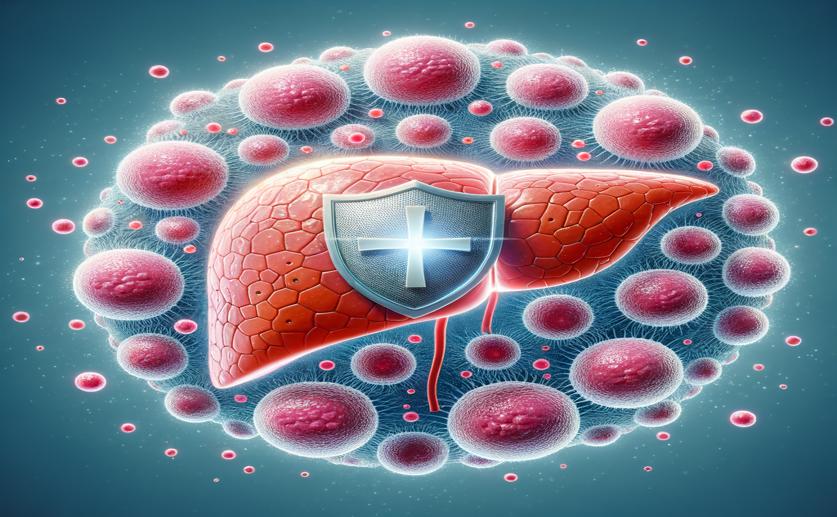
Cryptotanshinone Reduces Liver Scarring by Blocking Fat Breakdown in Liver Cells
Jenn Hoskins
28th June, 2024

Image Source: Natural Science News, 2024
Key Findings
- Researchers at Henan University of Chinese Medicine found that cryptotanshinone (CTS) inhibits the activation of liver cells that cause fibrosis
- CTS works by reducing fatty acid oxidation, which is crucial for the energy supply of these liver cells
- The study showed that CTS targets the STAT3 pathway, reducing cell proliferation and survival, and effectively alleviates liver fibrosis in mice
References
Main Study
1) Cryptotanshinone alleviates liver fibrosis via inhibiting STAT3/CPT1A-dependent fatty acid oxidation in hepatic stellate cells.
Published 25th June, 2024
https://doi.org/10.1016/j.cbi.2024.111119
Related Studies
2) Molecular and cellular mechanisms of liver fibrosis and its regression.
3) Hepatic stellate cells in the injured liver: Perspectives beyond hepatic fibrosis.
4) Aberrant iron distribution via hepatocyte-stellate cell axis drives liver lipogenesis and fibrosis.



 27th June, 2024 | Jim Crocker
27th June, 2024 | Jim Crocker